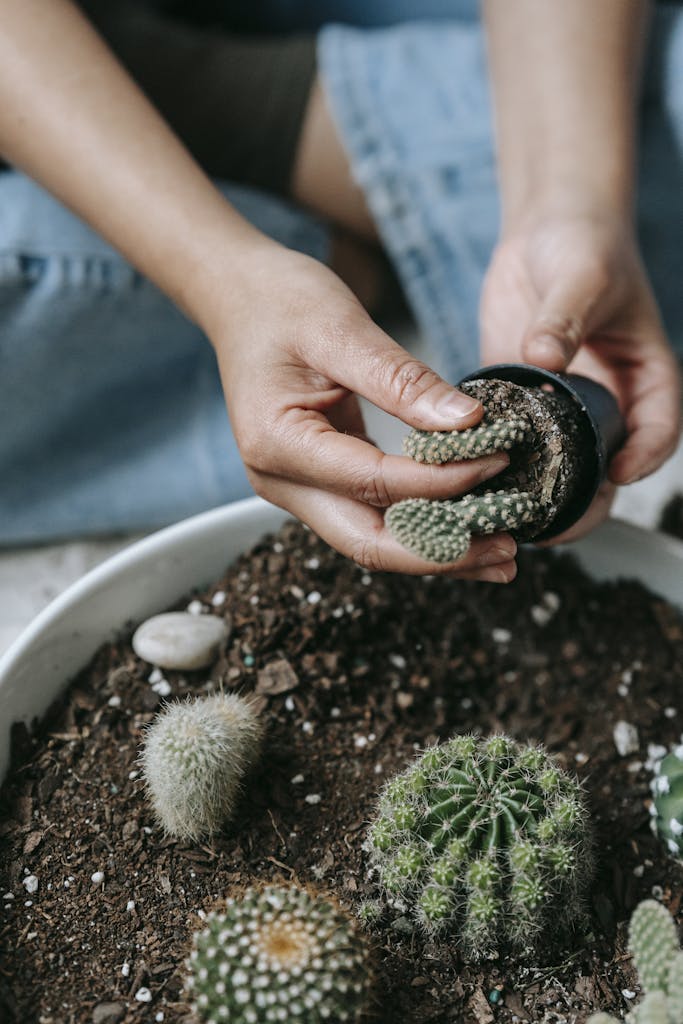Perfect Vegetable Garden Layout Drawing: Expert Tips and Drawing Techniques in 2024
As we endeavor to construct the exemplary vegetable garden layout for 2024, we find our inspiration in established methods and current innovations. In doing so, we acknowledge the significance of accuracy and the strategic planning required in designing a vegetable garden layout.
Each element of our garden design plays a crucial role in the success of our harvest. From the initial sketches to the final planting, every decision impacts the overall outcome.
Stay tuned as we unravel the secrets to maximizing space, enhancing productivity, and crafting a garden layout that not only thrives but also brings joy and satisfaction to all involved.
Key Takeaways
- Understand garden basics for efficient space utilization and plant placement.
- Consider space, sunlight, and soil quality when choosing a layout.
- Utilize drawing techniques to map out plant locations and support structures.
- Implement companion planting for garden health and pest deterrence.
Understanding the Basics of Vegetable Garden Layout Drawing

Planning a vegetable garden layout involves visualizing and organizing the space to maximize efficiency and productivity. A well-thought-out garden plan helps manage different vegetables based on their needs. Mapping out where each plant will go considers sunlight, water, and soil quality.
Designing ensures plants are positioned to thrive without shading or crowding others. It also helps plan pathways, structures, and other garden elements. A garden plan serves as a reference for tracking progress, making adjustments, and planning future harvests, setting the foundation for a successful vegetable garden.
Choosing the Right Garden Layout for Your Vegetable Garden

To choose the right garden layout for your vegetable garden, compare various designs from traditional rows to square foot gardening methods.
When deciding on the best layout, it’s important to consider factors such as available space, sunlight exposure, soil quality, and how to adapt the design for a small garden.
Space
Evaluate the amount of space you have available for your vegetable garden. Consider vertical gardening or square foot gardening techniques for maximizing space efficiency.
Sunlight
Determine the sunlight patterns in your garden area. Ensure your vegetable plants receive adequate sunlight based on their specific requirements.
Soil
Assess the quality of the soil in your garden. Conduct a soil test to check for nutrient levels and pH, and amend the soil as needed to create an optimal growing environment for your vegetables.
Adapting for a Small Garden
Explore creative layout designs tailored for small gardens. Utilize techniques like vertical gardening, container gardening, or raised beds to make the most of limited space while maintaining a productive vegetable garden.
The Art of Drawing Your Vegetable Garden Plan

Create your vegetable garden plan by sketching the garden area outline, noting existing features. Incorporate raised beds for improved drainage and accessibility. Include trellises for climbing plants, saving space and adding visual interest. Clearly outline beds, paths, and plant placement based on sunlight and water needs.
Group plants with similar requirements for efficiency, leaving space for maintenance. Label each plant variety for reference. This sketching process is essential for visualizing the layout and ensuring a successful growing season in your vegetable garden.
Implementing Companion Planting in Your Vegetable Garden Design

Let’s delve into how we can enhance our vegetable garden layout by incorporating companion planting techniques. Companion planting involves strategically placing different plants together to benefit each other in various ways.
Understanding Companion Planting
Before you start, it’s crucial to grasp the fundamentals of companion planting and how certain plants can support each other’s growth.
Incorporating Companion Planting in Your Drawing
When sketching your garden layout, consider the relationships between different plants and how they can be arranged to maximize their mutual benefits.
Beneficial Companion Planting Examples
Research and identify which common vegetables thrive when planted alongside specific companions. For instance, planting basil near tomatoes can improve the tomatoes’ flavor and repel pests.
Enhancing Your Vegetable Garden Layout
Utilize drawing techniques to visualize how beneficial companion planting can optimize space, deter pests, and promote overall garden health for your chosen vegetables.
From Paper to Soil: Executing Your Kitchen Garden Layout Design

To implement your kitchen garden layout design, prepare the soil and transfer it to the actual garden. Clear the area, mark the bed borders accurately, and dig the soil to the recommended depth, incorporating organic matter for fertility.
Ensure well-aerated, well-draining soil for healthy plant growth. Transfer your drawn layout to the garden, planting vegetables with proper spacing and considering crop rotation principles. Be ready to adjust your plan as needed for pest control or weather challenges during the growing season.
Conclusion
As we wrap up our journey towards creating the ultimate vegetable garden layout in 2024, we’ve learned the importance of careful planning, strategic design, and utilizing expert tips to maximize our garden’s potential.
By combining our passion for gardening with practical techniques, we’re well on our way to enjoying a bountiful harvest and a fulfilling garden experience.
Here’s to a successful and thriving vegetable garden in the year ahead!







